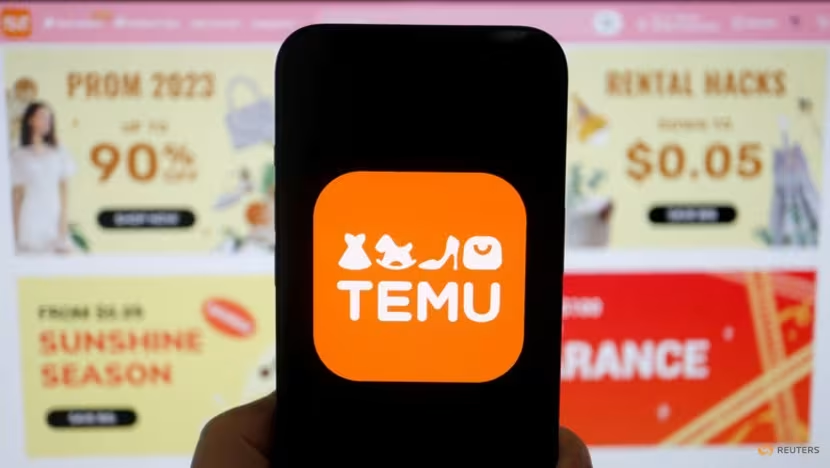We’ve been seeing a lot of activity in cloud kitchens recently – last month, Singapore food tech firm, Tiffinlabs, acquired access to 1,000 delivery-enabled kitchens globally, and Thailand’s leading fast-food restaurant chain, Central Restaurants Group, is setting up 100 cloud kitchens across the country within the next five years.
Cloud kitchens, otherwise known as dark kitchens or ghost restaurants, are gaining ground as an increasing number of players are looking to tap into the growing food on-demand segment. The global pandemic has also accelerated or pushed the use of this food delivery model.
According to Statista, revenue in the online food delivery segment in Southeast Asia is projected to reach US$3.5b this year, with a CAGR of 12.9% (2020-2024). In Singapore, revenue is expected to reach US$464m this year. More than half comes from the platform-to-consumer delivery segment, while the rest comes from restaurant-to-consumer delivery.

Singapore is no stranger to cloud kitchens. Last year, we saw the opening of three such facilities by Deliveroo, two by Foodpanda, while Smart City Kitchens started operating a 13,000 square-foot kitchen facility in Tampines.
The latest to join is GrabKitchens, which only opened in January this year. However, GrabKitchen is not new to Southeast Asia. Grab first started testing its kitchens in Indonesia in 2018, where there are lots of potential given Indonesia’s demographics.
It is worth noting that cloud kitchens without delivery capabilities will be a tricky business – especially for players competing in this region. Restaurants will be fine, but a cloud kitchen of massive scale will also not be able to coexist with platforms peacefully.
Why Singapore?
It made sense that Singapore would be the next destination for expansion, with high internet penetration and a population that has high purchasing power and willingness to pay for convenience. Grab also enjoys high recognition in Singapore, and will remain a key market as it continues to leverage on its vast user base to drive its cloud kitchen.
Unlike traditional restaurants, cloud kitchens are data-driven and more flexible – and key players such as Grab are making full use of the insights from their own food delivery apps. Items on the menu, such as bubble tea and mala, are selected because they saw significantly higher consumer demand than merchant supply, specifically in Bukit Batok.

Grab also saw an opportunity to expand the availability of these items to a particular area, increasing the number of potential diners that a restaurant can reach. Even the Hillview location was carefully selected.
With the variety of services that Grab offers, it is able to tap into the vast amount of data on Singaporean users and their spending habits, and this data-centric approach will provide them with a competitive edge.
Why now?
Covid-19 is driving delivery demand, but that may not be suitable for many dine-in restaurants because of the cost structure. Cloud kitchens thus solve the issue of restaurants struggling to manage both dine-in orders and the sudden influx of online orders. With more people staying home and the rising trend of food delivery, there is no better time to be in a cloud kitchen than right now.
In addition, having a single shared kitchen means keeping operational costs low, and restaurants can focus on producing a better delivery menu to keep the quality of food high when it reaches the end consumer.
Eliminating the need for prime locations and seating spaces, the cloud kitchen concept offers up to 90% savings compared to traditional restaurants. It also allows restaurants to test new menu items without significant investments, while gaining immediate access to the various platforms’ user base.
Moving forward
Grab currently has 50 cloud kitchens across five Southeast Asian countries. With Grab’s combined capabilities across food delivery, financial, and advertising services, and given that aggressive expansion is in the Grab DNA, we are likely to see more GrabKitchens in the near future.
Deliveroo, Foodpanda, and Smart City Kitchens might have had a head start, but they can’t just sit back and rest on their laurels. As the competition is getting hotter, let’s wait and see if Grab happens to catch up.
—
Thanks for reading The Low Down (TLD), the blog by the team at Momentum Works. Got a different perspective or have a burning opinion to share? Let us know at [email protected].









![[Press Release] Southeast Asia’s food delivery spend reached US$17.1B with Vietnam achieving the highest growth](https://i0.wp.com/thelowdown.momentum.asia/wp-content/uploads/2024/01/Food-delivery-platforms-in-Southeast-Asia-2024-_MW_Jan-2024-2.jpg?resize=218%2C150&ssl=1)


![[New Report] Food delivery platforms in Southeast Asia (SEA) 4.0](https://i0.wp.com/thelowdown.momentum.asia/wp-content/uploads/2024/01/Food-delivery-platforms-in-Southeast-Asia-2024-_MW_Jan-2024-2.jpg?resize=100%2C70&ssl=1)
![[New report] Southeast Asia spends US$3.4 billion on modern coffee in 2023](https://i0.wp.com/thelowdown.momentum.asia/wp-content/uploads/2023/11/Coffee-in-Southeast-Asia_MW_Nov-2023-1.png?resize=100%2C70&ssl=1)
![[New report] Apples to Apples 3.0: Benchmarking major tech platforms – what’s next after achieving profitability?](https://i0.wp.com/thelowdown.momentum.asia/wp-content/uploads/2023/09/Apples-to-Apples-3.0_benchmarking-major-tech-platforms_whats-next-after-profitability_MW_Sept-2023-7.jpg?resize=100%2C70&ssl=1)






